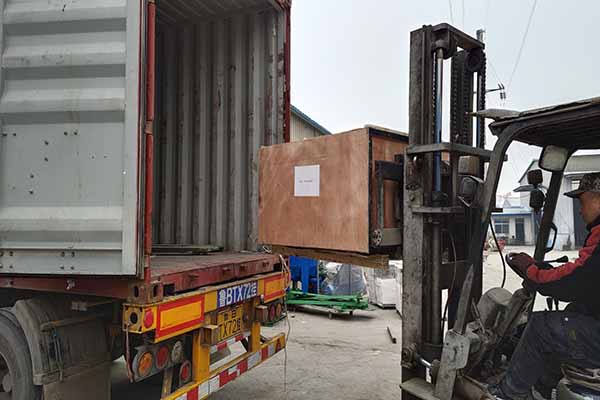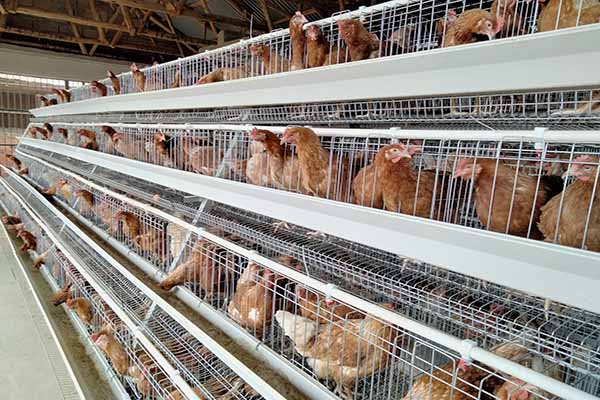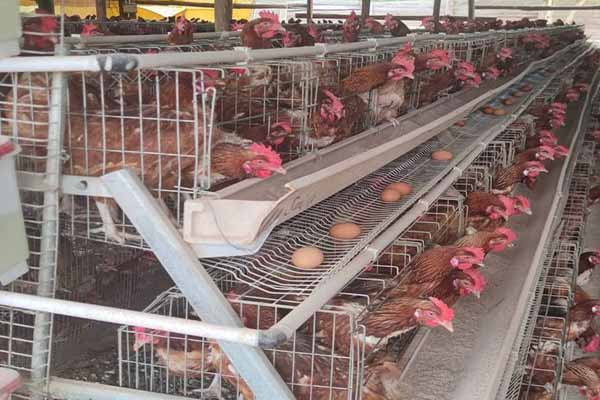What is the Standard Cage Size for 90 Birds in Poultry Farming?
The success of a poultry farming operation often hinges on efficient space management. Knowing the standard cage size for your birds is crucial. This article aims to provide you with essential information about the standard cage size for 90 birds, as well as insights into optimizing space and enhancing productivity in your poultry farm.

Understanding the Standard Cage Size
When determining the standard cage size for 90 birds, it’s important to consider both the species of birds and the specific farming practice. Generally, chickens are housed in cages with a standard size of 0.4-0.5 square meters per bird. This equates to approximately 36-45 square meters for 90 birds.
However, for more intensive poultry farming operations, you might opt for smaller cages, around 0.3 square meters per bird. This reduces space significantly, which could be suitable for certain farming practices or to increase the number of birds per unit area.
| Bird Species | Standard Cage Size per Bird (square meters) |
|---|---|
| Chicken | 0.4 – 0.5 |
| Turkey | 0.5 – 0.7 |
| Duck | 0.6 – 0.8 |
Factors Affecting Cage Size
- Age and Size of Birds: Younger birds or smaller breeds may require slightly smaller cages as they grow.
- Bird Species: Different species have varying space requirements. Turkeys and ducks generally require more space than chickens.
- Farming System: Intensive farming systems may require smaller cages, while more traditional systems might benefit from larger ones.
- Environmental Conditions: In cooler climates, smaller cages can conserve heat, while in warmer climates, larger cages may help with air circulation.
It’s important to conduct a thorough analysis of these factors when deciding on the cage size for your 90 birds.

Optimizing Space and Productivity
Optimizing cage size is key to maximizing productivity in your poultry farm. Here are some tips to consider:
- Regular Maintenance: Keep your cages clean and in good repair to ensure they provide the necessary space and comfort for your birds.
- Invest in Automation: Utilize automated systems for feeding, watering, and waste management to minimize space consumption.
- Increase Aeration: Ensure your cages are well-ventilated to keep birds healthy and comfortable, which can help reduce the space each bird requires.
By following these guidelines, you can create a productive and efficient poultry farming operation.
Contact Livi Mechanical for Professional Solutions
At Livi Mechanical, we specialize in providing top-of-the-line poultry farming equ ipment and solutions. To assist you with the optimal cage size for 90 birds and beyond, contact us today. We offer free consultations and personalized design services to meet your specific needs. Don’t miss out on the opportunity to enhance your farming operation with our advanced technology and expertise.
ipment and solutions. To assist you with the optimal cage size for 90 birds and beyond, contact us today. We offer free consultations and personalized design services to meet your specific needs. Don’t miss out on the opportunity to enhance your farming operation with our advanced technology and expertise.
Get in touch with us and receive a free, no-obligation chicken farm design and equipment quotation.




